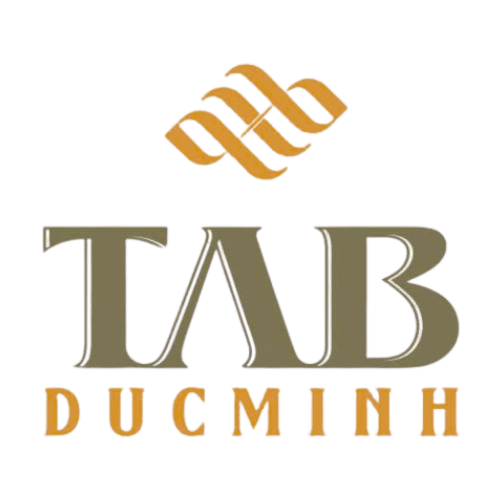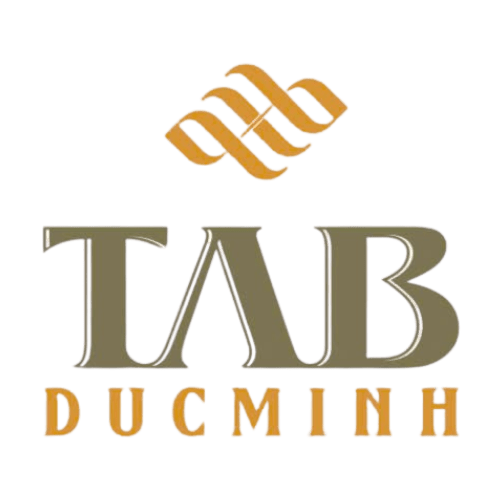Tin tức
Why Your Solana Wallet Choice Matters — Mobile, Extension, and the Seed Phrase Reality
Okay, so check this out — choosing a wallet for Solana feels smaller than it is and also huge. Wow! For many users it starts with convenience: tap, approve, done. But then you hit the seed phrase and everything changes. Initially I thought a browser extension would be enough, but then I realized mobile habits and NFT browsing alter the picture quite a bit.
My instinct said mobile would win. Seriously? Yes. Mobile keeps your keys nearer to you, and people spend their days on phones now. On the other hand, extensions are slick for desktop DeFi sessions and fast swaps. Hmm… there are trade-offs. Some features just live better in one form, though actually the ecosystem is trending toward parity.
Here’s what bugs me about common advice: it’s too neat. People say “use a hardware wallet” and walk away like that’s solved. It isn’t. Hardware is great for cold storage, but it’s clunky for everyday NFT drops or quick DeFi approvals. I’m biased, but usability matters. If you fight your wallet, you stop using it correctly — and then you do somethin’ risky by accident.

Mobile Wallet vs Browser Extension: Real-World Tradeoffs
Mobile wallets give seamless app-to-app flows and push notifications that actually get your attention. They also tend to integrate wallets for dApps via deep links, which is handy when you’re scouting a mint on the go. Extensions, conversely, offer quick clipboard access and keyboard shortcuts, which can speed up trading during volatile moments. On one hand, extensions feel more powerful for desktop-based yield farming, though on the other hand mobile wallets win for everyday engagement and photo-ready NFT reveals.
Check this out — I started using a browser extension for a series of desktop-only trades, and within a week I found myself missing notifications for incoming NFT airdrops. That little delay cost me a mint opportunity once. Ouch. So I shifted some activity to my phone and the friction dropped noticeably. My follow-up testing also revealed that approval dialogs differ between platforms, which matters for accidental approvals.
For readers in the Solana ecosystem, a middle way often makes sense: keep a nimble mobile wallet for daily interactions and a separate extension on a secure desktop for heavy-lift DeFi. That feels pragmatic. It splits risk and preserves convenience. Yes, it’s more to manage. But you learn your patterns and then simplify.
Speaking of simpler, if you’re exploring options, I recommend checking out phantom wallet — it’s become one of the go-to choices for many Solana users because it supports both mobile and desktop experiences without leaning too hard toward either. Really, the sync and UX are tight, and the community tooling around it is growing fast.
Seed phrases still deserve the loudest voice in this conversation. Keep them offline. Period. Wow. Write it down on good paper, store it somewhere dry, and don’t take photos. If you must digitize, use strong encryption and an air-gapped workflow — though honestly I’d avoid that unless you’re comfortable with the risks. On one hand, cloud backups are convenient; on the other hand they’re a single point of catastrophic failure.
Something felt off about the “write-it-and-forget-it” approach that I used early on. Actually, wait — let me rephrase that: I wrote my seed once, thought it safe, and then I moved apartments and nearly lost it. Not fun. So now I use a two-step redundancy: a primary written seed and a sealed secondary copy kept separately. It’s a bit paranoid, sure, but seeds are absolute keys — treat them like estate papers.
Here are some practical habits I’ve found useful. First, never reuse the same seed across custodial services. Second, test seed recovery on a new device before relying on it for big balances. Third, rotate permissions and revoke approvals you don’t need. These are basic, yet people skip them. I did too, until I had to recover an account mid-drop and learned the hard way.
Another nuance: mobile wallets can offer biometric locks, which feel safe but don’t replace seed security. Biometrics are great for convenience, though remember that biometric protection maps to the device, not the blockchain. So if your phone is compromised, a fingerprint won’t save the seed if it’s been extracted or backed up insecurely.
Practical Setup Flow (What I Actually Do)
Okay, here’s a candid playbook I use and recommend to friends — it’s simple but effective. First, set up a fresh wallet on mobile for everyday activity. Second, create a separate desktop extension for larger asset management and complex transactions. Third, write your seed phrase on two sturdy cards, seal one in a secure place, and keep the other accessible but not obvious. Repeat again: test recovery.
When you connect dApps, take a moment. Pause. Read the requested permissions. If it asks for “spend” access beyond what’s needed, deny or limit it. This step is low-effort and very protective. Also, consider using wallets that surface token approvals with clear context, because some UI’s hide the danger in plain sight. That part bugs me — interfaces should be clearer, but they often aren’t.
For NFT collectors, mobile shines during drops since you can react instantly. For builders and traders, the extension is invaluable for multi-tab workflows and portfolio oversight. That dichotomy shapes how I recommend people split their daily flow. It’s not rocket science, but it benefits from a little thoughtful planning.
Common Questions
Is a mobile wallet as secure as an extension?
Short answer: different risks. Mobile offers better accessibility and often biometric locks. Desktop extensions can be isolated from certain mobile attack vectors. Use both wisely and know where your seed lives.
What’s the safest way to store a seed phrase?
Write it on durable material, store copies separately, test recovery, and avoid cloud photos. Consider a hardware wallet for large holdings, but remember hardware doesn’t solve every problem.
Can I sync the same wallet between phone and browser?
Yes, many wallets support cross-platform sync, but make sure you understand the sync mechanism and trust the provider. Sync convenience is useful, though it centralizes risk if not implemented carefully.

